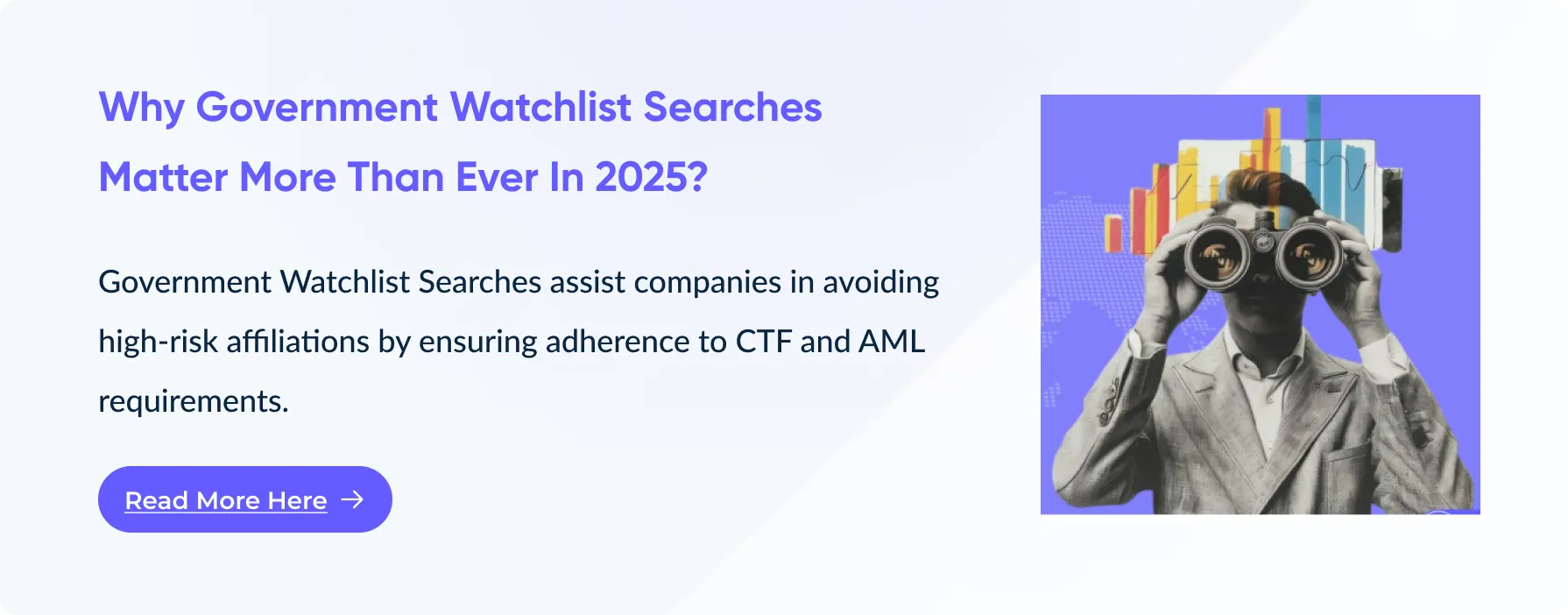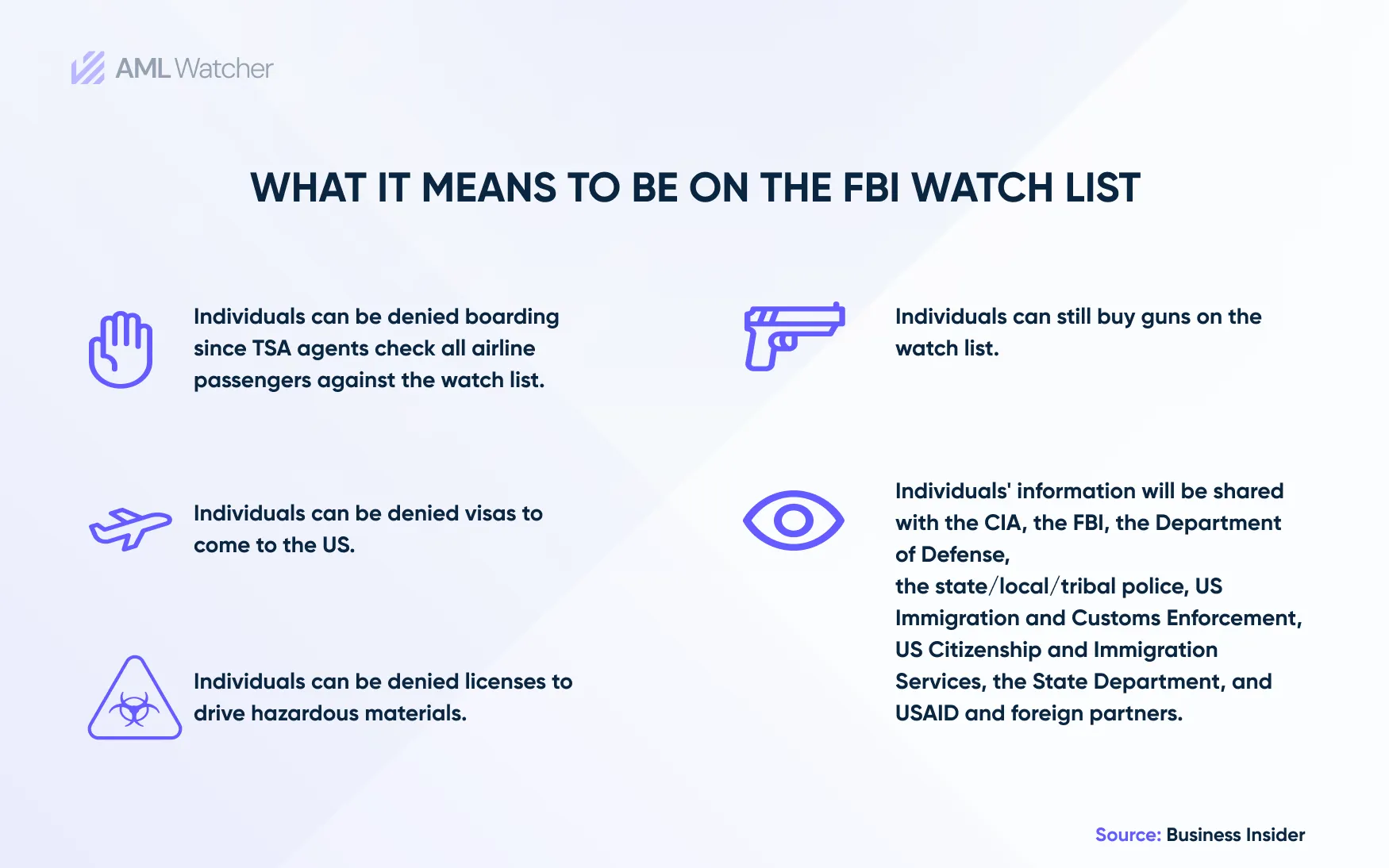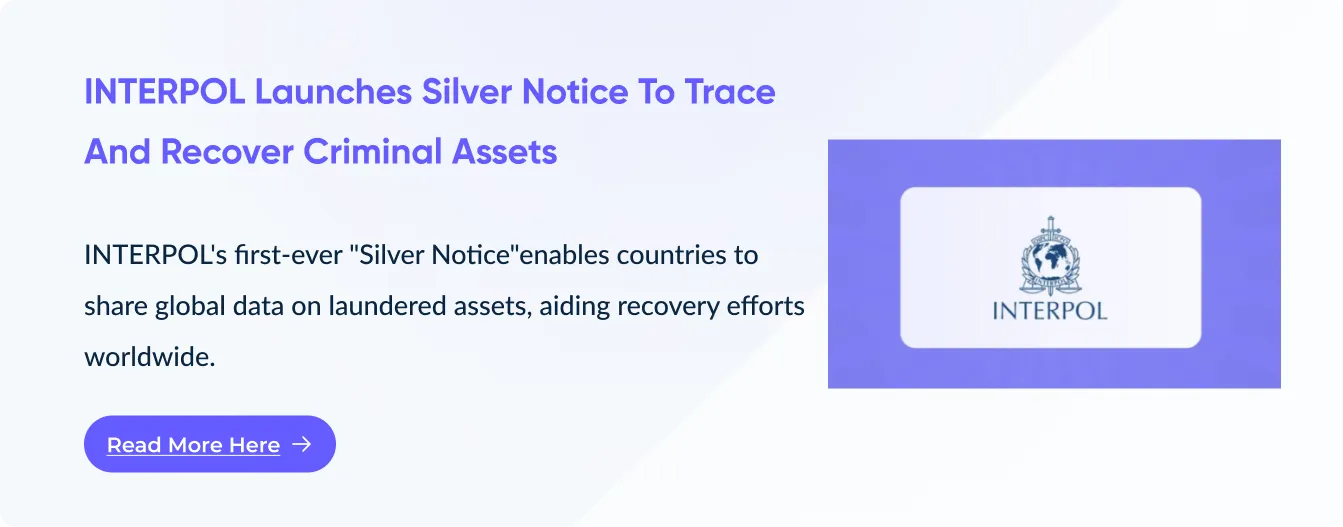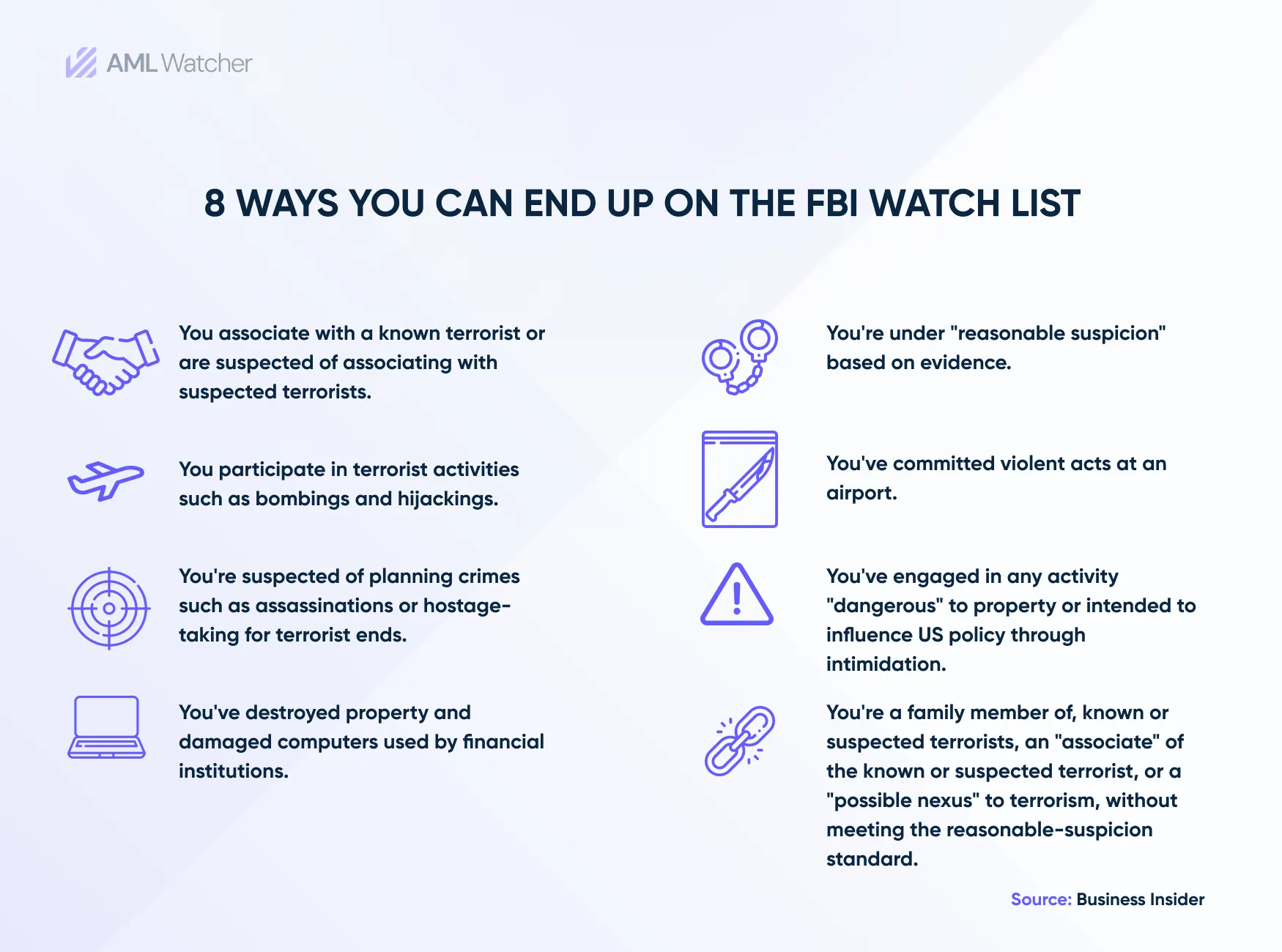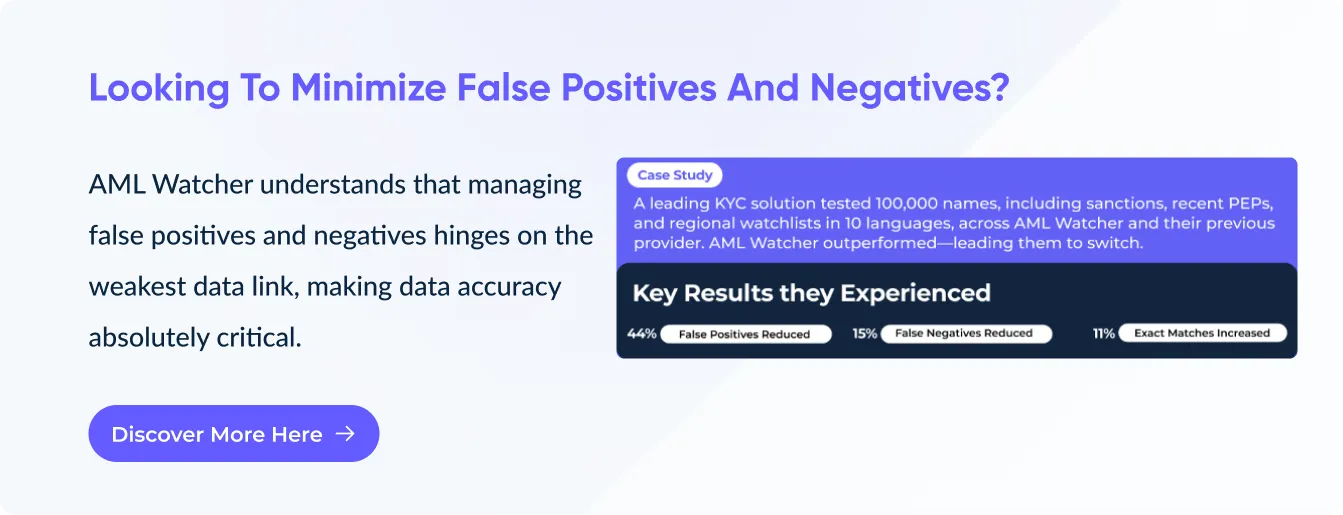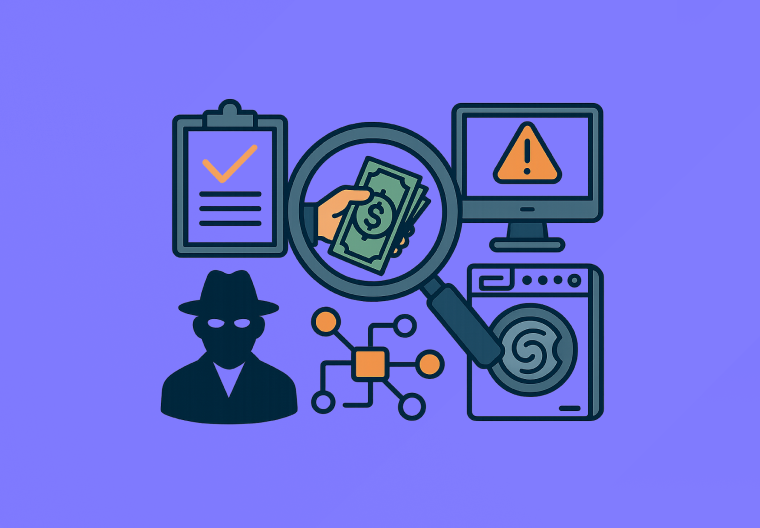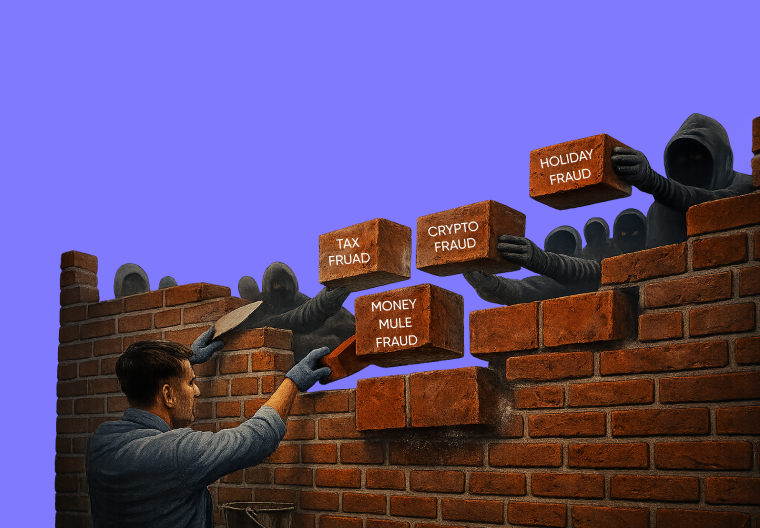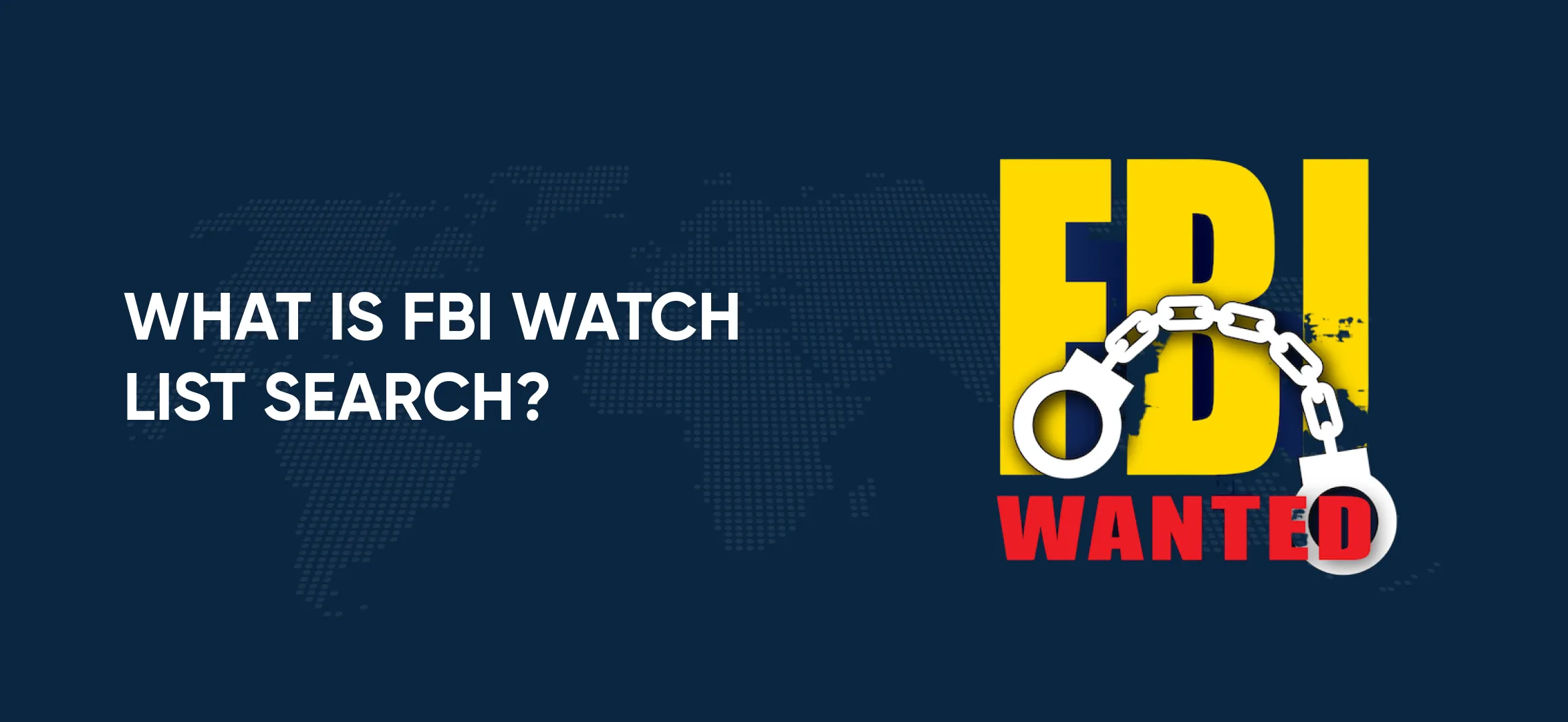
What is FBI Watch List Search?
The U.S. government’s terrorist watchlist (FBI Watchlist) has nearly doubled in size in just six years, growing from 1,160,000 individuals in 2017 to 2 million people in 2023.
Ever wonder how the FBI terrorist watch list came into being and what triggered the American law enforcement organization to establish a common watchlist? Why does this number rise?
Why does the current AML industry put so much emphasis on FBI Watch list Search, screening, and its checks?
Keep reading this blog as we will be discussing what is FBI watchlist, or FBI watchlist leak, what is federal watch list lookup, and what purpose it serves in the AML landscape.
Can institutions access the data to conduct a federal watchlist search? And how important it is for financial firms to comply with watchlist screening regulations.
What Exactly Is a Watchlist?
The core definition of the word “watchlist” goes like, ‘comprehensive list or database of suspected people or suspected groups that are being monitored by the appropriate authorities on a legal or political level.
These lists are put together to neutralize any dangers and prevent any danger or loss.
Why Does the FBI Have its Own Watchlist?
After the September 9, 2001 attacks, the Federal Bureau of Investigations, famously known as the FBI, set up a Terrorist Screening Center in its counterterrorism measures to improve America’s homeland security.
The Terrorist Identities Datamart Environment (TIDE), which as of 2013 has between 700,000 and 1.1 million names, is the primary source of names for the Terrorist Screening Database.
This tremendous failure to prevent the entry of terrorists onto American soil forced American law enforcement agencies to come up with the idea of consolidating numerous watchlists into a common watchlist now known as “Known or Suspected Terrorists.”
After the attempted bombing of Northwest Airlines Flight 253 occurred in December 2009, the FBI revised its federal watchlist protocol and expanded its vetting process.
Now the FBI’s “Known or Suspected Terrorists” list, consolidated and regularly updated by its Terrorist Screening Center, contains data on suspected people who could potentially conduct any terrorist activity.
This data usually contains the information, like, dates of birth, official names, and fingerprints of the suspected persons. Millions of names on the Terrorist Screening Center’s watchlist are not U.S. citizens and have no ties to the country.
Since its origination, it has continued to expand in terms of the total number of names and the areas where its utilization is relevant.
Usually, law enforcement agencies require “articulable evidence” or “reasonable suspicion” that the individual is a “known or suspected terrorist.” After an originator provides law enforcement with a name, counterterrorism officials may probably employ a flexible set of rules to evaluate if the person is eligible to be added to the FBI terrorist watchlist.
What Purpose Does the FBI Watchlist Serve?
For the FBI and other homeland security institutions, these FBI Watch List Search add a critical layer to their counter-terrorism defenses by neutralizing domestic extremists, keeping the American people safe, dismantling terrorist networks around the globe, and protecting its borders.
It also helps financial institutions and DNFBPs in compliance with Anti Money Laundering (AML) and Combating the Financing of Terrorism (CFT) regulations to check potential customers before onboarding and assess their risk profiles throughout the lifecycle.
What Happens If You Get Put On an FBI Watch List?
Once a certain individual is placed on the FBI watch List search, their data is shared with all relevant agencies including:
- U.S. Immigration and Customs Enforcement,
- Central Intelligence Agency (CIA),
- U.S. Citizenship and Immigration Services,
- State-local-tribal police
- U.S. Department of Defense
- U.S. Agency for International Development and foreign partners
- U.S. Department of State
- Foreign governments
- Financial Intelligence Units
The suspected individual’s identity is also provided to the United States Transportation Security Administration, where it is added to the “No Fly List” and “Selectee List.”
Here’s how you evaluate the expansion of this list and its influence. The No Fly List, which started with just 16 names following 9/11 and has since expanded to at least 47,000 names, lists people who are not allowed to board an aircraft, while the Selectee List initiates more stringent airport screening.
What is a Watchlist Check For The Financial Industry?
Since the financial industry (including the banking sector, insurance firms, hedge firms, investment corporations, corporate finance, real estate, and so on) is subject to compliance with their domestic and international anti-money regulations.
Breaching these regulations results in massive regulatory fines by the regulatory bodies and reputational damage in the industry.
Therefore, financial firms are left with no choice but to comply with these regulations and conduct an FBI Watch list Search to avoid getting embroiled in legal scandals and prevent millions of dollars in fines.
These regulations are there for a reason, which includes preventing criminals and terrorists from taking advantage of the legitimate financial system and laundering money to fund their criminal activities
For a bank, watchlist screening is a risk-based approach recommended by domestic as well as international regulatory watchdogs like the Financial Action Task Force (FATF). Let’s say you have a business in an industry that is not subjected to Anti-money Laundering regulations, watchlist screening will still benefit your business to avoid costly scandals and prevent conducting business with potential criminals.
Why Do Firms Conduct Watchlist Screening?
Once the customer’s identity and basic details, such as their official name, date of birth, and taxpayer ID number, have been confirmed, institutions check both domestic and international watchlists or conduct an FBI Watch list Search to make sure they aren’t doing business with someone who might be on the world’s terrorist lists.
Institutions can decide what to do next if their potential client is on any watchlists or FBI Watch list Search. One can either perform enhanced due diligence (EDD) on your high-risk client or double-check for false positives.
Now the question comes where to find a database that offers both domestic and international watchlists?
The answer: AML Watcher.
How?
How AML Watcher Supports Watchlist Screening Compliance
AML Watcher’s screening solution assists financial and non-financial institutions in adhering to regulatory obligations, by checking against more than 3500 international watchlists, including the FBI’s Most Wanted List, Debarment Lists, Fugitive Lists, Exclusion Lists, Restricted & Denied Party Lists, Domestic Terrorist Lists, Fitness and Probity Lists, Fraud Warnings, and Enforcement Actions.
For the FBI Watch list Search, this is how it functions:
1. FBI’s Most Wanted List Screening
AML Watcher contains the FBI’s Most Wanted List, which features individuals wanted for major offenses including terrorism and money laundering.
Institutions can use this list to screen transactions and clients to avoid dealing with high-risk persons who have been flagged by the FBI.
2. Global Watchlist Coverage
With more than 3500 watchlists, including the FBI’s Most Wanted List, AML Watcher offers thorough coverage, assisting organizations in adhering to both international and U.S. legislation.
3. Advanced Name Matching Algorithms
AML Watcher’s advanced name-matching algorithms address challenges like transliteration, aliases, and phonetic variations to ensure accurate screening against the FBI’s Most Wanted List. As a result, there are fewer false positives and false negatives, sharing more accurate and trustworthy findings.
4. Real-Time Updates
The platform updates its database every 15 minutes, ensuring that institutions always have the latest information on enforcement actions, wanted individuals, and an FBI Watch list Search, keeping them compliant with ever-evolving regulatory requirements.
5. Customizable Risk Scoring
AML Watcher offers customizable risk scoring, allowing institutions to prioritize high-risk cases and focus resources efficiently on the most significant threats.
6. Biometric Screening
AML Watcher’s biometric screening allows institutions to match facial images against the FBI’s Most Wanted List. This technique offers a precise means of identifying high-risk people, facilitating more effective and efficient screening procedures.
We are here to consult you
Switch to AML Watcher today and reduce your current AML cost by 50% - no questions asked.
- Find right product and pricing for your business
- Get your current solution provider audit & minimise your changeover risk
- Gain expert insights with quick response time to your queries
